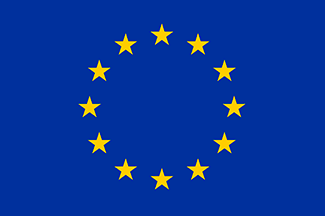
Perception of force is a key component in our sense of touch, hearing, balance and pain as well as in regulation of blood and osmotic pressures. Fundamental to these concepts is that at some point force (newtons) is translated into electrical conductance (siemens) through the action of membrane embedded mechanosensitive channels that open or closes in response to changing forces in the lipid bilayer. Conceptually this is perfectly conceivable, but it is astonishingly little we know about the mechanism of how bilayer responses are converted into changes in channel activity. So unlike the well-described nature of taste and odorant receptors and the photoreceptors in the eye, we have not yet a clear idea of how our mechanosensitive receptors work.
When studying the relationship between lipid membrane and embedded proteins the major challenge is that, in contrast to stimulation with e.g. ligands or voltage, we don’t really know the exact nature of our stimulation; we can poke or pull a cell, but we cannot quantify what the channel actually feels at a molecular level.
To increase our understanding of functional interactions between lipids and protein, we will use a minimalist approach by developing novel assays that utilize a set of molecular tools to manipulate specific forces in the membrane, while at the same time taking advantage of the detailed information available from singe channel recordings.
Project title:
How do we sense touch, sound, balance and force?
Area of research:
Biophysics
Fellowship period:
1 Oct 2016 – 2 Dec 2019
Fellowship type:
AIAS-COFUND Marie Skłodowska-Curie fellow

This fellowship has received funding from the European Union’s Seventh Framework Programme for research, technological development and demonstration under the Marie Skłodowska-Curie grant agreement No 609033 and The Aarhus University Research Foundation.
